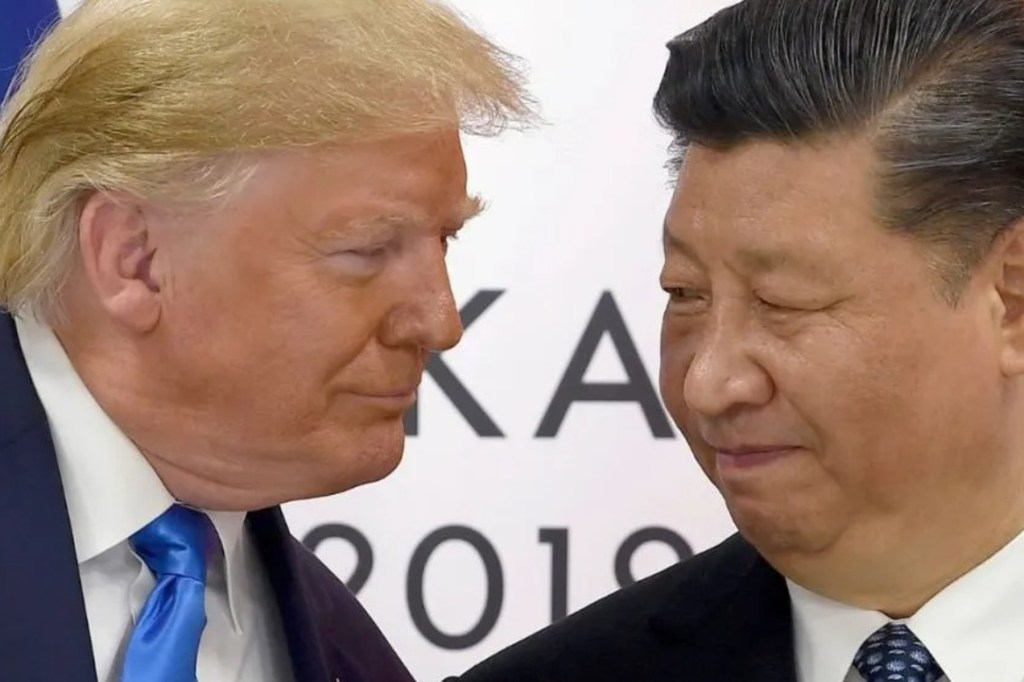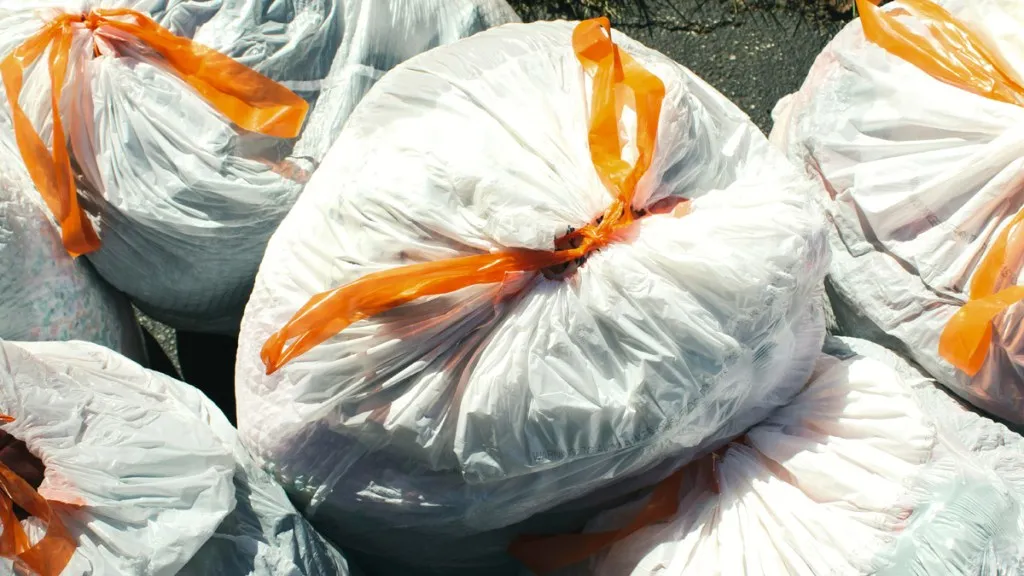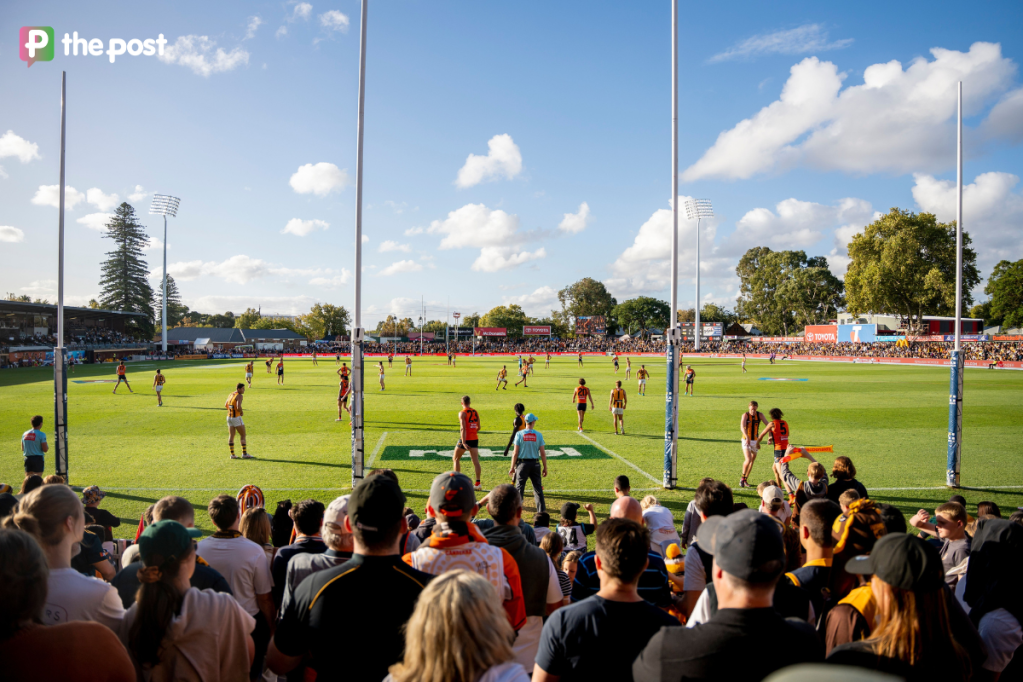Australian shares down by $50b as tariffs take effect
“We are on the verge of seeing the two largest economic and military superpowers collide at high speed, with Australia caught squarely in the middle,” IG Markets analyst Tony Sycamore said.

Nearly $50 billion has been erased from Australia’s top-500 public companies as US tariffs take effect and US-China trade war tensions escalate.
The S&P/ASX200 had fallen by 133.9 points, or 1.78 per cent, to 7,373.8 by 2:10pm AEST on Wednesday as the broader All Ordinaries lost 142.8 points, or 1.84 per cent, to 7,562.6.
The sell-off has erased almost three-quarters of Tuesday’s 2.3 per cent relief rally, leaving the key S&P/ASX200 down more than 14 per cent from mid-February’s 8,615 all-time high.
Roughly $49 billion had been wiped from the All Ordinaries’ 2.6 trillion market cap on Wednesday alone, as hopes of easing trade war tensions came to nothing, and ‘Liberation Day’ tariffs took effect at 2pm AEST, including a 104 per cent impost on Chinese exports to the US.
“We are on the verge of seeing the two largest economic and military superpowers collide at high speed, with Australia caught squarely in the middle,” IG Markets analyst Tony Sycamore said.
You might like
“If current lines hold, the fallout has the potential to dwarf the economic impact on the Australian economy felt during the GFC and COVID.”
The sell-off came after another volatile Wall Street session that finished in the red with the White House confirming the tariffs, and forging ahead with the counter-retaliatory measures against China.
China has vowed to “fight to the end” the US-led trade war.
The S&P500 benchmark index has lost $US5.8 trillion ($A9.8 trillion) from its combined market cap since the ‘Liberation Day’ tariffs were announced on April 2.
Stay informed, daily
All 11 local sectors were in the red by the afternoon, with energy stocks, materials and health care stocks all shedding more than 3.4 per cent.
Concerns about China’s future economic growth and demand weighed heavily on the world’s biggest iron ore miner Rio Tinto, which was down more than 4.4 per cent as the tariffs took effect.
The US-China worries also sent oil prices plummeting, with Brent crude futures down more than seven per cent since 5pm on Tuesday to $US60.21, a four-year low.
The price slump helped push Santos down 5.2 per cent, as Woodside fell 3.4 per cent.
Financial stocks were back in the red by the afternoon in a volatile session, with the big four mixed as NAB and CBA eked out 0.4 per cent gains and Westpac and ANZ each fell more than 0.8 per cent lower.
The traditionally defensive consumer staples sector was down 1.1 per cent, despite the competition regulator standing back from Woolworths’ planned takeover of food manufacturer Beak & Johnston. Woolies shares were down 0.8 per cent to $31.01.
The escalating trade war has battered the Australian dollar, which is buying 59.74 US cents, its lowest level since the COVID-19 pandemic was declared in March 2020.
The Aussie lost more than 7 per cent of its value against the greenback and has been the worst performer against major currencies since “Liberation Day” on April 2.







